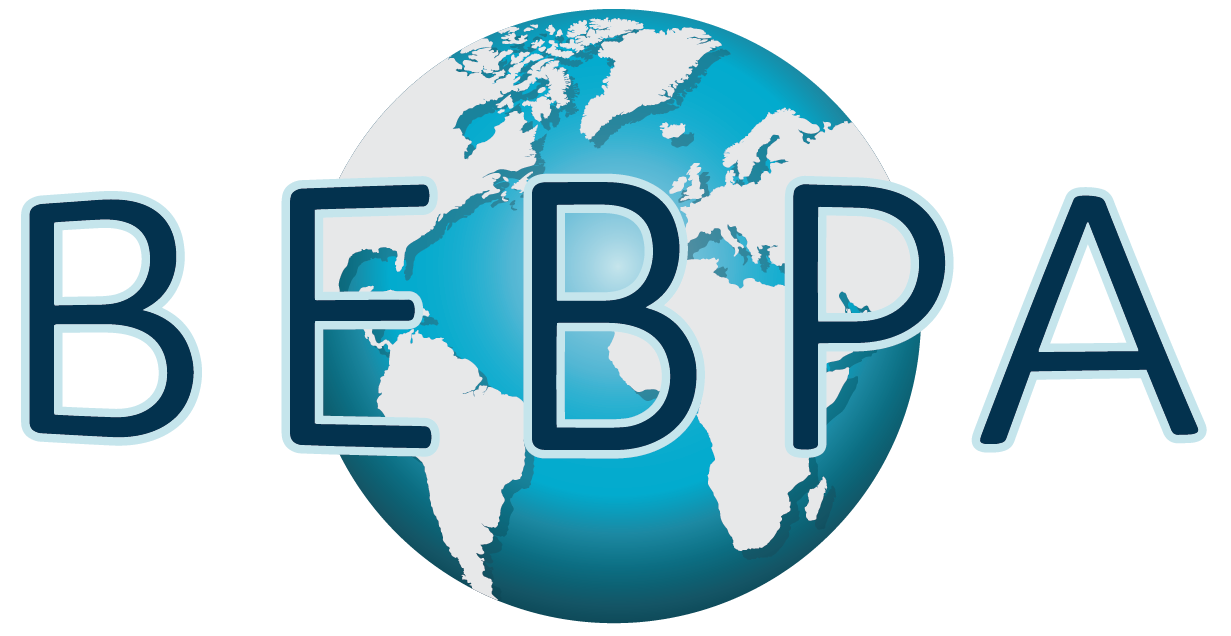2024 EUB Conference Survey Results (PDF)
BEBPA Blog 2024 EUB Conference Survey Results (PDF) View PDF Survey
Tech Briefing: Regulatory Guidances for Potency Assays
The potency bioassay is a keystone assay supporting the regulatory quality assurance strategy for verifying that products released for commercial use have similar biological activity to those used in clinical trials to demonstrate efficacy. We routinely gather at the annual BEBPA European Bioassay Conference to discuss the best scientific practices for developing potency assays.
Tech Briefing: How Good is Good Enough?
How good is good enough? As scientists we are trained to make our assays not just good but the best. However, sometimes taking that last step, going from good to best is a nearly impossible feat and requires more resources than it took to develop the assay in the first place. That brings us back to how good is good enough? (Hint, the answer is NOT: “good enough to pass regulatory scrutiny”). A typical answer, most of us can chant the phrase is that it must be “suitable for use”.
Tech Briefing: The Importance Of Being Potent (with apologies to Oscar Wilde)
The need for potency assays for biopharmaceutical therapeutics has been recognized for some time. The regulatory agencies from all ICH-abiding countries require one or more potency assays as part of the release suite of assays associated with DS and DP. Entire programs have been put on clinical hold for lack of a well-reasoned and supported potency assay.
Tech Briefing: Use of Design of Experiment (DOE) for Bioassay Development
Doing more with fewer resources is the name of the game in any business. One of the best tools for cutting through the early stages of assay development, when one doesn’t know what assay parameters are critical and which aren’t, is the use of a multifactorial design of experiments (DOE). DOE allows assessment of multiple factors rather than the traditional “one-factor-at-a-time” (OFAT) approach.
Tech Briefing: Developing Potency Assays to Support Early Phase Clinical Studies
The International Conference of Harmonization (ICH) just finalized two guidance documents which discuss analytical methods in depth: Q2(R2) Validation of Analytical Procedures Guidance for Industry (Ref. 1) and Q14 Analytical Procedure Development Guidance for Industry (Ref. 2)
2024 USB Conference Survey Results (PDF)
BEBPA Blog 2024 USB Conference Survey Results (PDF) View PDF Survey
Reference Standards for Accurate Validation and Optimization of Assays
This article was referenced in Dr. Zhiyong He, Biologist, NIST, at the 2024 US Bioassay Conference. Link to the publication below.
Tech Briefing: The Wonderful World of Potency Assays: Look at me now Ma!
The concept of potency assays came into being specifically for biopharmaceutical products. Originally these products were complex mixtures, produced in a natural system (Like a horse!). They were often ill-defined and rarely purified to any extent. Because of these characteristics, these products were defined as a manufacturing process. The mantra “the product is the process” was a well-known and guiding concept for regulation and oversight for decades. Vaccine products were some of these earliest approved biologicals.
Tech Briefing: Forced Degradation for CGT Products
The 2023 FDA Draft Guidance on Potency Assurance for Cellular and Gene Therapy Products makes the expectation clear that every lot of drug product (DP) will need to be tested for the potency to “achieve intended therapeutic effect”. Further, any lot release test(s) will need to confirm product potency meets acceptance criteria. Inherent with this concept, however, is the need to understand/know the mechanism of action for the cellular therapeutic so that one is confident that the potential bioassay/potency assay is reflective. Confounding this is the fact that CGT products often have multiple biological activities associated with them, and pinpointing those activities that are associated with the MOA (or even pinpointing the MOA itself) is not always straightforward.
